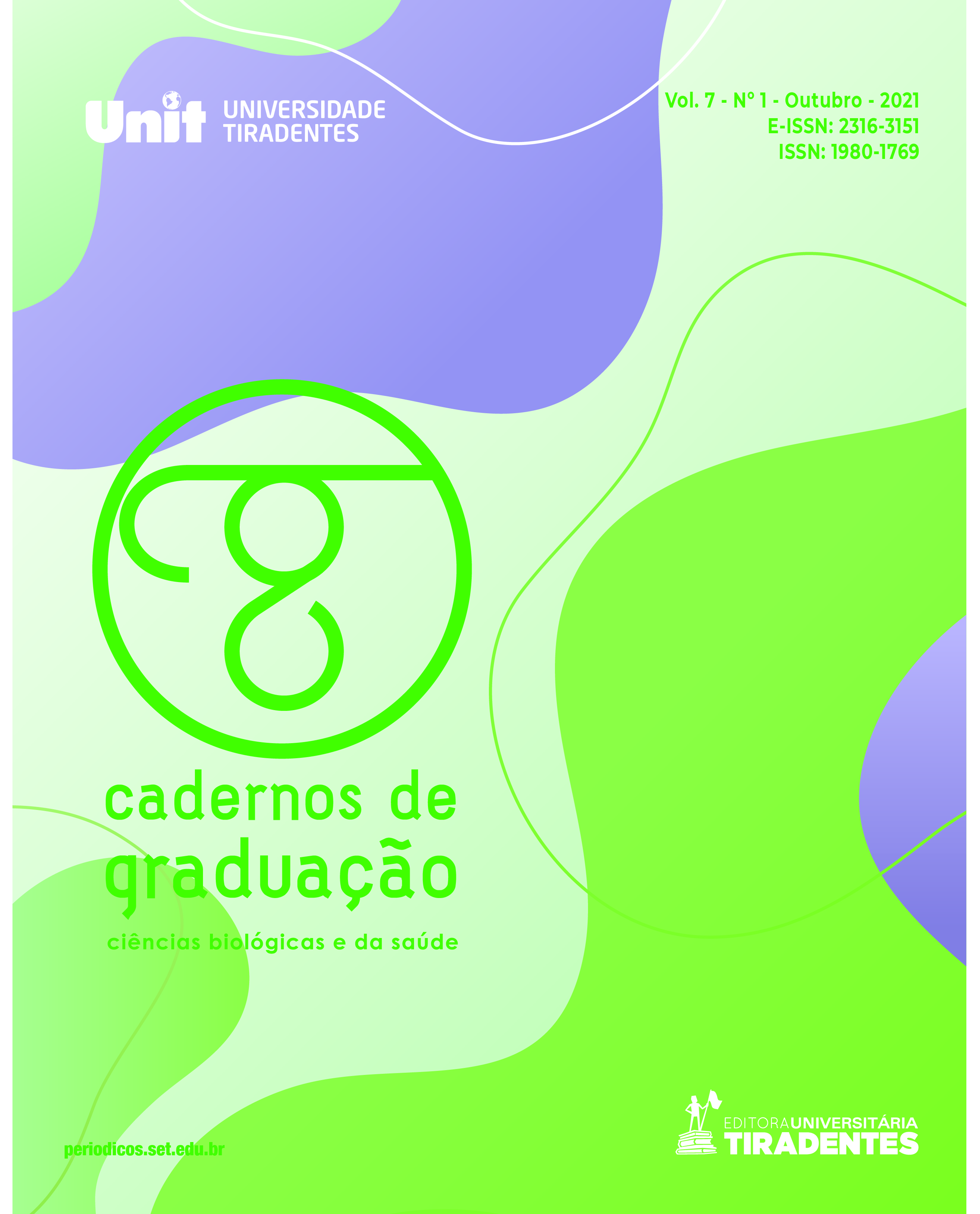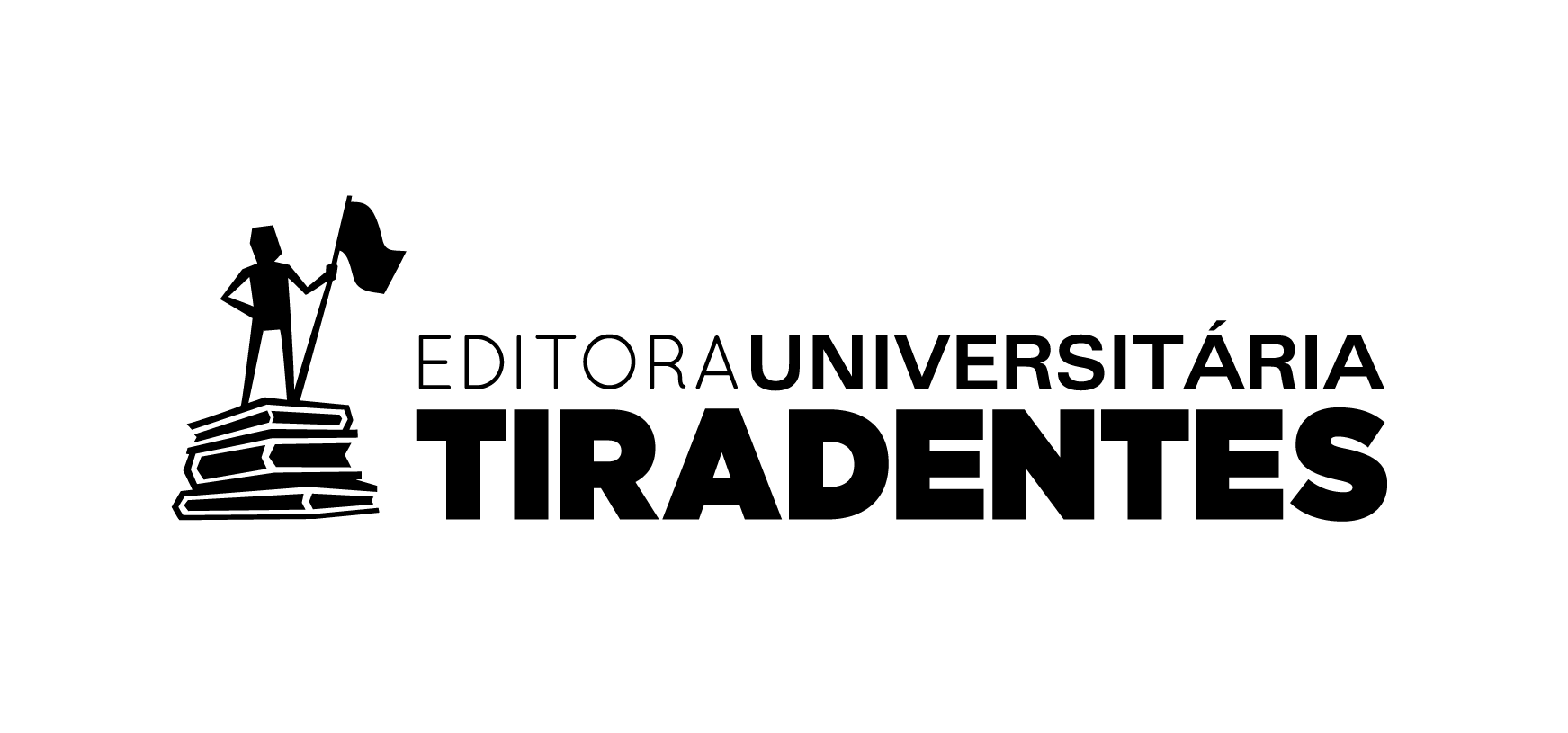SAFETY STRATEGIES IN THE ADMINISTRATION OF HIGH SURVEILLANCE MEDICINES
Published
Downloads
Downloads
Issue
Section
License
Oferece acesso livre e imediato ao seu conteúdo, seguindo o princípio de que disponibilizar gratuitamente o conhecimento científico contribui para a democratização do saber. Assume-se que, ao submeter os originais os autores cedem os direitos de publicação para a revista. O autor(a) reconhece esta como detentor(a) do direito autoral e ele autoriza seu livre uso pelos leitores, podendo ser, além de lido, baixado, copiado, distribuído e impresso, desde quando citada a fonte.
Abstract
Introduction: This is a study that identifies scientific publications that enable the understanding related to the occurrences of adverse events related to high-surveillance drugs with emphasis on strategies for their prevention during the assistance provided in health services, highlighting the participation of nursing in ensuring patient safety. Objectives: General, to analyze, through the literature, safety strategies in the administration of high surveillance drugs in hospital institutions. Having as specific objectives: to point out the relationship between the institutional safety culture and the prevention of adverse events, to identify the main causes of adverse events that occurred with highly supervised medications and to describe the importance of the nursing staff in the administration of highly supervised medications. Methodology: Through an integrative literature review, an electronic search of articles was carried out in databases such as Virtual Library, SciELO, LILACS and MEDLINE, covering the period from 2015 to 2019. Rising from 56 publications, with a reduction to 09 after the agreed inclusion and exclusion criteria. Results and discussions: Through this study, two categories were elaborated, safety culture in hospital institutions X causes of adverse events related to drug therapy and safety strategies and importance of nursing in the administration of potentially dangerous drugs. Final considerations: Through this study, it was possible to understand the main adverse events and their causes, addressing the indigence of notifications, being fundamental for the reduction of the recurrence of failures that occur during the procedures performed by health professionals.















